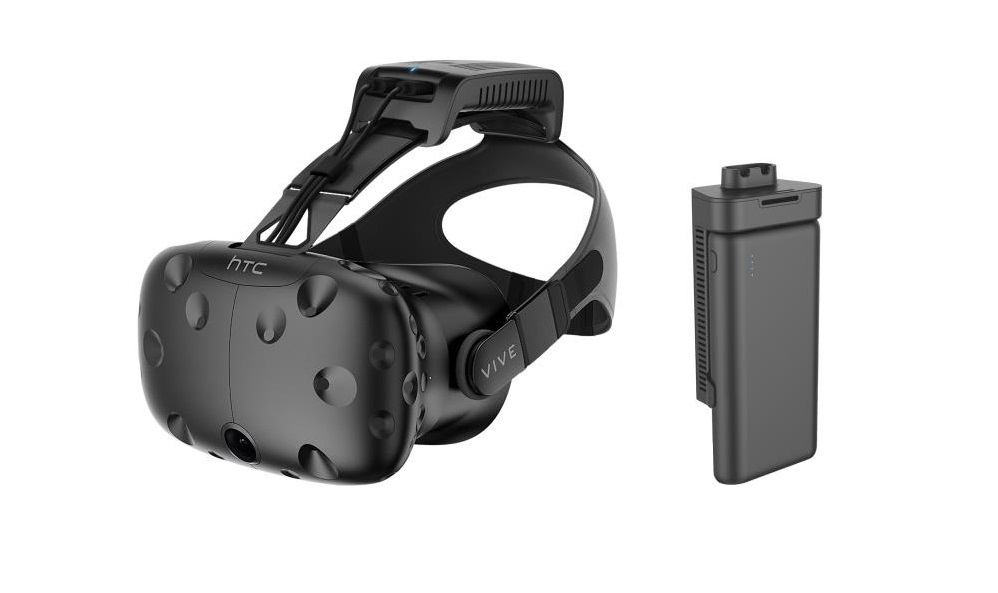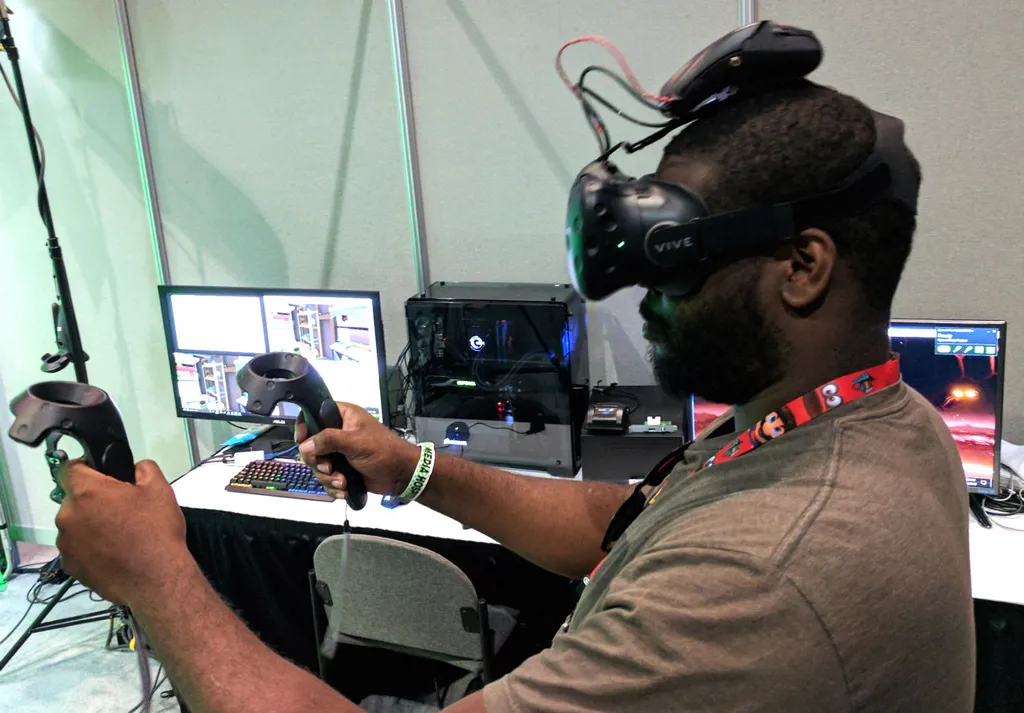There was lots of promise earlier this year that we would have a bevy of wireless VR attachments and accessories, but by the looks of it, all we’ve got is TPCast for the HTC Vive and Oculus Rift. Keep in mind that the TPCast solution doesn’t even utilize WiGig which means it’s a wholly proprietary solution and wouldn’t allow for any interoperability between any devices. In the short term, that makes sense because there are so few headsets, receivers, and emitters but in the long term, we need as much cross-platform compatibility as possible. VR is starting to pick up some steam, but the reality is that nobody disagrees that VR would be a lot more successful if it were wireless, too.

Wireless companies like AMD, Intel, Peraso, and Qualcomm have been developing WiGig chips specifically for the use of wireless VR solutions, but none of them have yet to come to market. Initially, the expectation was that many of them would come to market in Q4 of this year, but it seems that many of them got delayed into 2018. That means we could see solutions based on the four companies’ chipsets in wireless VR headsets and wireless adapters relatively soon. By the second half of 2018, we could see most of the VR industry transition to wireless solutions, which is a big deal for the industry because it overcomes one of the big hurdles for VR. I own a Rift, Vive, and PSVR and I absolutely would love to have all of them be wireless, even if it means needing a battery pack.
While no company has given concrete dates on when they will ship their chips in consumer products, yet, I expect that we’ll be getting a lot more details at CES 2018 in January. Offering wireless helps to solve one of the big pain points for VR, and it also utilizes current technology that can be up to the challenge. Raising the resolution of the displays is another pain point that needs resolving for VR, but one of the problems with that is that it makes wireless more difficult with current 60 GHz and WiGig solutions. There simply isn’t enough bandwidth or low enough latency in the 802.11AD standard to make 4K per eye wireless VR possible, even with foveated rendering. That’s why we will have to wait for the successor to WiGig or 802.11AD, which is 802.11AY.
802.11AY will have peak data rates of 20-40 Gbit/s or at least four times the bandwidth of 802.11AD and WiGig using the same 60 GHz spectrum. However, based on current timeframes we probably won’t see 802.11AY until 2019 at the very earliest based on current IEEE standards timeframes. However, draft 1.0 of the standard was set to complete in November of this year, and final approvals are due in 2019. I genuinely believe that 802.11AY will be the future of wireless VR because of its bandwidth capabilities and 802.11AD solutions will probably last us about two years.
My firm, Moor Insights & Strategy, like all research and analyst firms, provides or has provided research, analysis, advising, and/or consulting to many high-tech companies in the industry including AMD, Intel, Peraso and Qualcomm, cited or related to this article. I do not hold any equity positions with any companies cited in this column.




























